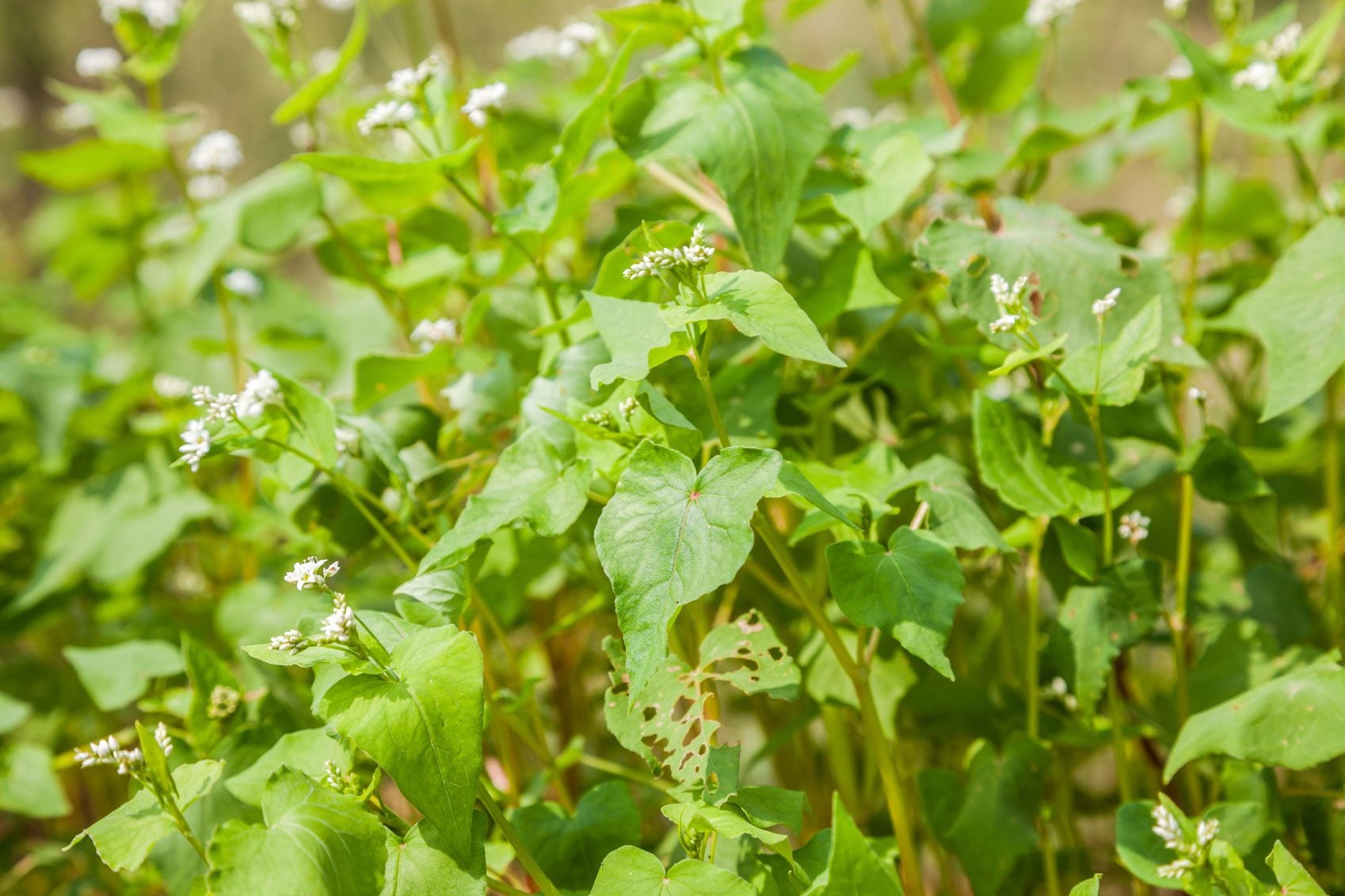Cover Crop Rotation: How To Rotate Cover Crop Plants


As long as man has been dabbling in agriculture, rotating cover crops has been recognized as an important part of the process. Why rotate cover crops? It promotes better soil texture and drainage, nutrient content, and reduces pest and disease issues. Cover crop rotation is specific to the types of crops you are growing and the individual needs of the soil.
Why Rotate Cover Crops?
Cover crops impart their nutrients when tilled into the soil. Their root systems can loosen the earth and reduce compaction. Some plants, such as clover and legumes, fix nitrogen in the soil which has been leached by heavy crops and irrigation. The rule, “right plant, right place” is very true with cover crops. Their individual attributes can enhance future crops through their soil contributions. Almost any of the suggested cover crops will prove to enrich the soil but knowing how to rotate cover crop plants will create an even more effective biodiversity and tilth in soil. The addition of the organic matter is unmatched for increasing the structure of soil and support future crops. Planting a cover crop after every harvest will ensure there is plenty of organic matter for the next harvested crop. It's also a great way to keep down on weeds. Certain cover crops improve certain soil conditions. Knowing which ones provide which benefit can help you as you rotate in cover crops for soil health.
How to Rotate Cover Crop Plants
In a perfect world, every field and garden would have a year or two to lay fallow and replenish itself. Intercropping, crop rotation, cover crops, and green manure are ways to manage the changes that constant planting can cause in soil. Rotation of cover crops is useful to introduce different aspects and benefits to soil. Soils heavily depleted of nitrogen benefit from legumes. Traditionally, they follow spring crops or are planted just before a fall crop. Those that need increased organic matter for percolation and tilth will need ryegrass, sorghum Sudan grass, alfalfa, or even buckwheat. Hairy vetch provides quickly accessed nitrogen due to its rapid growth and quick decomposition and also adds texture to winter hardened soil. Cover crops are planted after a heavy feeding crop has been harvested. Heavy feeders might include tomatoes, corn, and potatoes.
Examples of Cover Crop Rotation
As long as you plant a variety of cover crops and practice crop rotation, your garden should be bountiful. The rule of thumb on general crop rotation is to separate plants in the same family by two years. For example, you cannot plant potatoes in one spot and then the next season plant tomatoes because it can invite diseases that affect those in the nightshade family. Rotating cover crops into the planting season is done with the time of maturity of the crop in mind. It makes no sense to use hairy vetch, which is mature in spring, as a fall cover crop. Grains and grasses make excellent fall crops because they need longer to come to maturity. Spring plants like the hairy vetch will be available for summer crop nutrition needs, while the overwintered cover crops are available for early spring plants. Rotating cover crops into successively planted gardens is easy if you choose a short season item. Once spring lettuces are gone, sow some quick red clover and till it in before starting some fall veggies. Rotation of cover crops into the overall season planting agenda simply means taking a break for a little while to grow food for the soil.
Sign up for the Gardening Know How newsletter today and receive a free copy of our e-book "How to Grow Delicious Tomatoes".

Bonnie Grant is a professional landscaper with a Certification in Urban Gardening. She has been gardening and writing for 15 years. A former professional chef, she has a passion for edible landscaping.